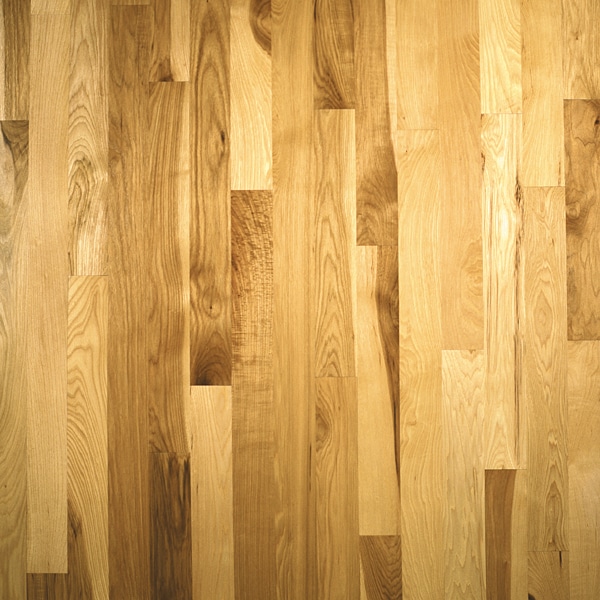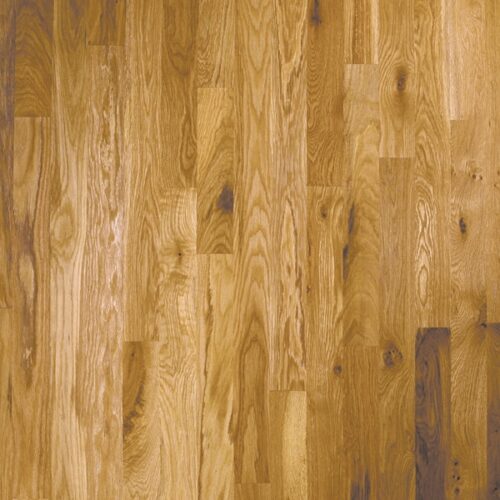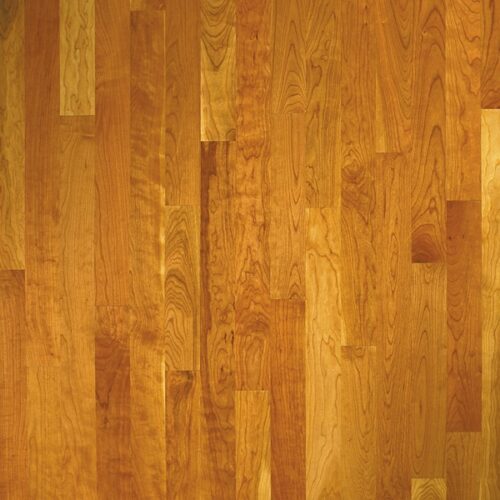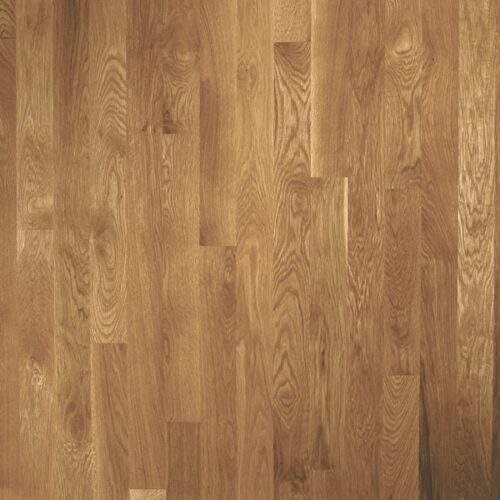Additional information
| Width | 2.25", 3", 3.25", 4", 5", 6" |
|---|---|
| Grade | Select, Common, Character |
Specs and FAQ of Select Hickory Hardwood Flooring
Common Name(s): Shagbark Hickory
Scientific Name: Carya ovata
Distribution: Eastern United States
Tree Size: 65-100 ft (20-30 m) tall, 1-2 ft (.3-.6 m) trunk diameter
Average Dried Weight: 50 lbs/ft3 (800 kg/m3)
Specific Gravity (Basic, 12% MC): .64, .80
Janka Hardness: 1,880 lbf (8,360 N)
Modulus of Rupture: 20,200 lbf/in2 (139.3 MPa)
Elastic Modulus: 2,160,000 lbf/in2 (14.90 GPa)
Crushing Strength: 9,210 lbf/in2 (63.5 MPa)
Shrinkage: Radial: 7.0%, Tangential: 10.5%, Volumetric: 16.7%, T/R Ratio: 1.5
Yes, Hickory hardwood is receptive to staining, allowing homeowners to customize their flooring’s appearance and achieve a desired color that complements their unique design vision.
Hickory hardwood is known for its stability, making it less prone to warping or cupping in response to environmental changes, offering homeowners a flooring option that adapts well to different climates.
Yes, Hickory hardwood’s exceptional hardness and durability make it an excellent choice for high-traffic areas, ensuring resistance to dents and wear and maintaining its aesthetic appeal over the long term.
Hickory hardwood is sought after for its unique blend of distinctive grain patterns and natural color variations, providing a visually dynamic and rustic charm that appeals to those seeking a flooring option with character and individuality.
Why People/Homeowners Love Select Hickory Hardwood Flooring
Hickory hardwood flooring has garnered a devoted following among homeowners for a multitude of reasons, making it a beloved choice in the realm of interior design. One standout feature is the striking and varied grain patterns that hickory presents, providing a visually dynamic and unique appearance. This distinctiveness adds character to any space, offering a rustic charm that resonates with those seeking a flooring option that stands out.
Beyond its aesthetic allure, hickory hardwood is celebrated for its exceptional hardness and durability. Renowned as one of the hardest domestic hardwoods, hickory is well-suited for high-traffic areas, resisting dents and wear over time. Homeowners appreciate the longevity of hickory flooring, knowing that it can withstand the rigors of daily life while maintaining its natural beauty.
The diverse color palette of hickory further contributes to its popularity. Ranging from light, natural tones to deeper, richer hues, homeowners can find a hickory flooring option that aligns perfectly with their interior design preferences. This versatility allows hickory hardwood to seamlessly complement various styles, from traditional to contemporary, making it a timeless and adaptable choice.
Hickory’s innate resistance to moisture and its ability to hold finishes well add to its practical appeal. Homeowners love the low-maintenance nature of hickory hardwood flooring, appreciating both its durability and ease of care. Overall, the unique aesthetics, durability, versatility, and low-maintenance qualities make hickory hardwood flooring a cherished option for those who seek both functionality and style in their homes.
What Makes Rustic Wood Floor Supply Unfinished Select Hickory Hardwood Flooring “Premium”?
Rustic Wood Floor Supply elevates its Unfinished Hickory Hardwood Flooring to a “Premium” status through a meticulous approach to quality and craftsmanship. The distinctiveness of this premium offering begins with the careful selection of hickory hardwood, a wood known for its remarkable hardness and striking grain patterns. The company places a strong emphasis on precision milling, ensuring each hickory board is crafted with meticulous accuracy, allowing the natural beauty of the wood to shine through.
One key feature that sets Rustic Wood Floor Supply apart is its commitment to providing random length boards, typically ranging from 1 to 8 feet. This deliberate choice not only enhances the visual appeal of the flooring but also allows for greater flexibility during installation, creating a more dynamic and aesthetically pleasing result. The tongue and groove fittings are executed with precision, ensuring a seamless and visually appealing installation process.
Moreover, Rustic Wood Floor Supply adheres to rigorous kiln drying standards, a crucial step in the manufacturing process. This ensures optimal stability and minimizes the risk of warping or cupping over time, contributing to the long-lasting durability of the hickory hardwood flooring. By consistently delivering a product that combines exceptional craftsmanship, precision milling, and adherence to industry standards, Rustic Wood Floor Supply’s Unfinished Hickory Hardwood Flooring earns its “Premium” designation, offering homeowners a flooring solution that reflects enduring quality and timeless beauty.
Hickory Solid Wood Flooring Grades
NWFA-NOFMA SELECT HICKORY/PECAN: Shall have the face practically free of all defects, but the natural color
of the wood shall not be considered a defect. The highest standard grade combines a nearly uniform appearance
with exceptional durability.
The following characters are admitted: variations in the natural color of the wood, heartwood and sapwood; an
occasional small knot or bird peck not over 1/4″ (.250”) (6.35mm) in diameter, provided it does not occur on
edges or ends of the piece; dark streaks not over 1/4″ (.250”) (6.35mm) wide and 3″ (76.2 mm) long (or its
equivalent one (1) to every 3’ (914.4 mm) in length); slight checks not over 1/2″ (.500”) (12.7 mm) long, provided
check is boxed within the piece; small burls; slight torn grain or slight intermittent machine burn, or similar
defect which can be readily removed by the ordinary method of sanding the floor after it is laid; slight scant
back. Pieces with one-half (1/2) tongue, full length of the piece. The wood must be free from shake. Bark
streaks shall not be permitted.




